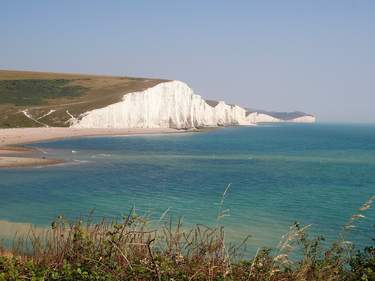Ordinary, everyday life exists here somewhere, away from the tearooms, souvenir shops and neatly mown roadside lawns, but in truth, there’s not much sign of it. Visit the two outstanding museums, and enjoy an early morning stroll while the streets are empty.
Then move on great walks leading up to the iconic hilltop Broadway Tower and around peaceful Stanton village, there are interesting stately homes at Snowshill and Stanway, and ruins of a medieval abbey at Hailes.
Find more accommodation options to stay in Broadway
12. Bibury - timeless English architectural charm
Hidden away on the B4425 between Cirencester and Burford, at the point where the road crosses the River Coln, the village of Bibury – like Broadway, Burford and Bourton-on the-Water – is a hugely popular Cotswolds tourism honeypot. Winningly attractive (and famously dubbed among the prettiest Cotswolds villages), it draws crowds by the coachload.
Set back from Bibury’s main road is the focus of every photographer’s attention. Arlington Row, originally built around 1380 as a wool store, was converted in the seventeenth century into a line of cottages to house weavers working at nearby Arlington Mill. It was this glimpse of hound’s-tooth gables, warm yellow stone and wonky windows which is now immortalized in the UK passport as an image of England.
Every trip to the Cotswolds is unique and that's why it's essential to stay protected. With our go-to travel insurance provider, Heymondo, you get great value and 24/7 support wherever you are.


















